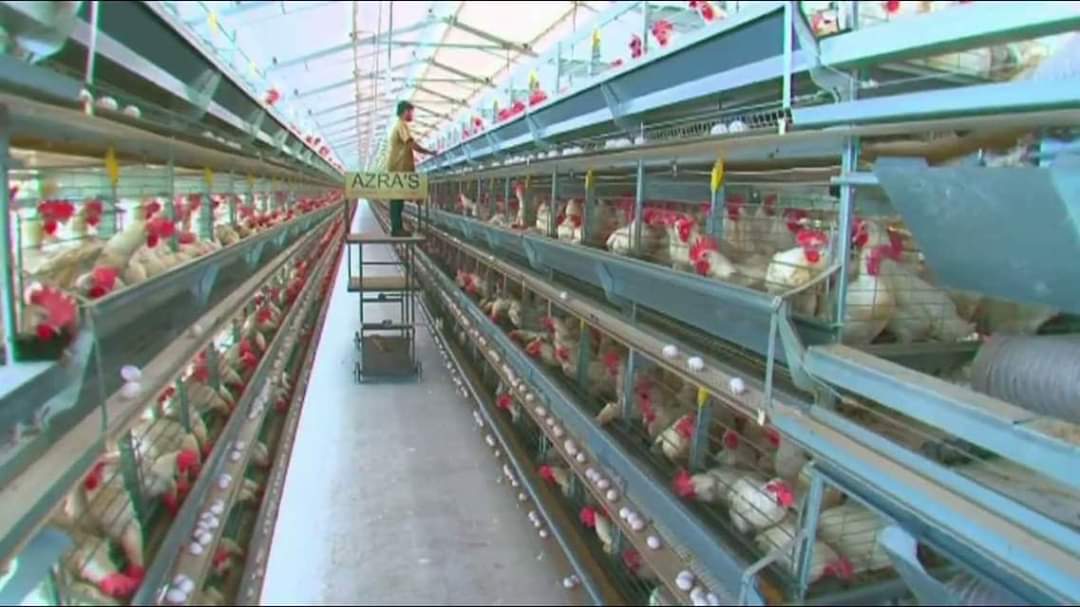Dr. Sagar R. Surjagade, Dr. Abhilash D. Jadhao and Dr. Ashvini P. Bansod
India is an agriculture based country where nearby 70% farmers mostly engage themselves in agriculture and animal husbandry practices. Poultry industry in India is considered to be the fastest growing among the agriculture based industries. The poultry industry in India as a whole is facing problems due to affection of infectious and non-infectious diseases.
Among the infectious diseases avian colibacillosis is considered as one of the principle cause of morbidity and mortality in birds and associated with heavy economic losses to the poultry industry with its association with various disease conditions either as primary pathogen or as a secondary pathogen. It is characterized in its acute form by septicemia resulting in death and in its subacute form by pericarditis, airsacculitis and peri-hepatitis. Among various conditions caused by Escherichia coli organism, colisepticaemia is severe systemic form characterized by presence of E. coli in the blood and colonization in organs including the heart and spleen.
However, Avian Pathogenic E. coli (APEC) often infects the respiratory system, resulting in the air sacculitis with airsacs thickened and caseous exudation in the respiratory tract and other systemic infections, including polyserositis, perihepatitis and pericarditis in the later stage of infection. The pathogenic ability of E. coli strain is facilitated by broad range of virulence factors which are coded by virulence-associated genes (iutA, iss, papC, iucD, tsh, irp-2, ompT, hlyF, iron, cva/cvi, and astA). According to the genetic criteria, the pathogenicity of APEC strain is determined by presence of at least five virulence genes. In avian species, E. coli usually infects the respiratory tract, with bacteria passing through the mucosa, entering the blood stream, and causing the variety of diseases, including septicaemia, air sacculitis and pericarditis. Infection is generally enhanced by predisposing agents such as mycoplasma, viruses like IB, LPAI and environmental factors like heat, cold etc.
Antimicrobial resistance (AMR) is major global threat for human and animal health. AMR occurs when pathogen develops resistance to antimicrobial substances including antibiotics, As a result treatments become ineffective or more severe and prolonged illnesses increases mortality rate and production losses. About two-thirds of the total antibiotics produced per year globally are consumed in livestock sector. Therefore, food-producing animals and poultry raised with antibiotics contain important MDR (Multiple Drug Resistance) organisms. These MDR organisms can spread to the human population through direct contact or consumption of animal products. Among these MDR organisms, E. coli is the most threatening due to high economic losses and food contamination rates. Salmonella, Escherichia coli, corynebacteria, staphylococcus spp. and extended spectrum beta-lactamase producing gram negative bacteria are some of the known food borne AMR pathogen which causes food borne diseases globally.
Antibiotics are commonly used in the poultry farm to circumvent the challenges arise due to APEC strains. Studies have reported that antibiotics have been used in chicken broilers as growth promoter and disease preventive measures. Due to inappropriate use of antimicrobial agents as growth promoters in poultry feed and the use of the same antibiotics for treatment of human infections and poultry diseases, antibiotic resistant E. coli strains may be transmitted to human through the use of contaminated poultry products. Due to extensive or sub-therapeutic use of antibiotics in poultry production there is high prevalence of antimicrobial resistant pattern with avian pathogenic E. coli strains isolated from broiler chickens especially, against commonly used antibacterial agents. Bacteria have evolved a large number of mechanisms to evade antimicrobial drugs, some of the common mechanisms are chromosomal mutation, acquisition of resistance genes or gene clusters via conjugation, transposition or transformation. But the indiscriminate unregulated or misuse or abuse of antibiotics has increased the process of bacteria to survive in the unfavourable environment. The genetic flexibility and adapting of E. coli to constantly changing environment allowed acquiring a great number of antimicrobial resistance mechanism. The multidrug resistance to E. coli seen to be highest in food animal industry.
Avian pathogenic E. coli strains have shown resistant to antimicrobials approved for poultry including cephradine, tetracyclines, chloramphenicol, sulfonamides, amino-glycosides and β-lactam antibiotics. Resistance to fluoroquinolones was reported within several years of the approval of this class of drugs for use in poultry. In a study which was conducted at the University of Georgia, 97 of 100 avian pathogenic E. coli isolates were found resistant to streptomycin and sulfonamide and 87% of these multiple antimicrobial resistant strains contained a class 1 integron, intI1, which carried multiple antibiotic resistance genes. A total of fifteen resistant genes, mostly prevalent in poultry E. coli strains, were screened by different scientist. The B-lactamase-encoding genes, blaTEM-1, blaTEM-104, blaCMY-2, blaOXA-30, blaCTX M-15,and blaSHV-2; tetracycline resistance genes tet(A), tet(B), tet(C), tet(D), and tet(E); the plasmid-mediated quinolone resistance genes qnrA1, qnrB2, qnrS1, and aac(6-)-Ib-cr, and florfenicol resistance gene, floR and chloramphenicol (cat-A1 and cml-A) were reported as genes responsible for antibiotic resistance in APEC strain in broiler chickens. Antibiotic resistance to E. coli in broilers has become the chronic problem and requires immediate attention about its solution.
In this era of plentiful antibiotic use in the treatment of various infection, we are alarmed by increasing number of antibiotic resistance strains. The genetic flexibility and adaptability of E. coli to constantly changing environments allows acquiring a great number of antimicrobial resistance mechanism. The development and ways of evolution of resistance in the E. coli populations differ according to hosts, resistance mechanisms and antimicrobial classes used. Co-existance and co-transfer of E. coli resistance genes is in huge amount and most versatile in in-vivo and increase the public health risk. Resistant to multiple antibiotics is a global challenge. Bacteria have evolved a large number of mechanism to evade antimicrobial drugs. Some of the common mechanisms are chromosomal mutation, acquisition of resistant genes or gene clusters via conjugation transposition or transformation. This is part of natural evolutionary process and a mechanism to survive in the unfavourable environment. But the indiscriminate, unregulated and unauthorised use of antibiotic has hastened this evolutionary process many folds by increasing selection pressure.


